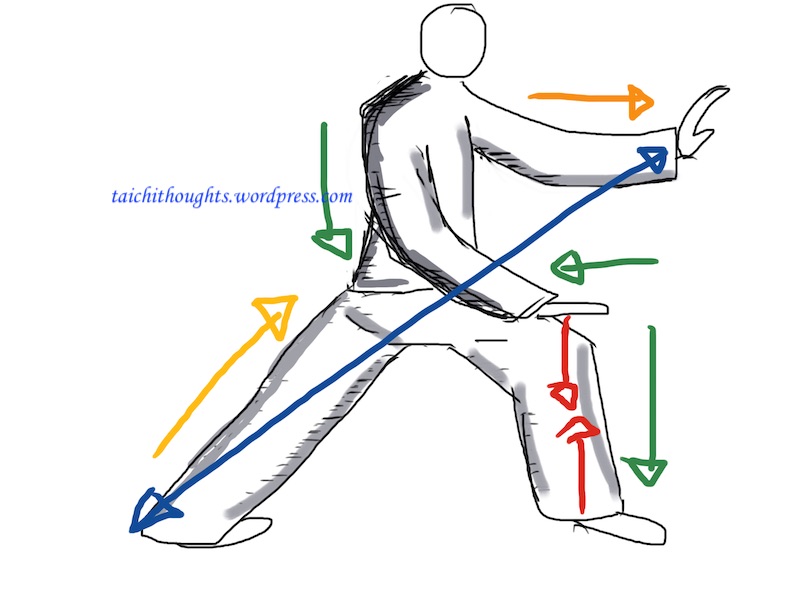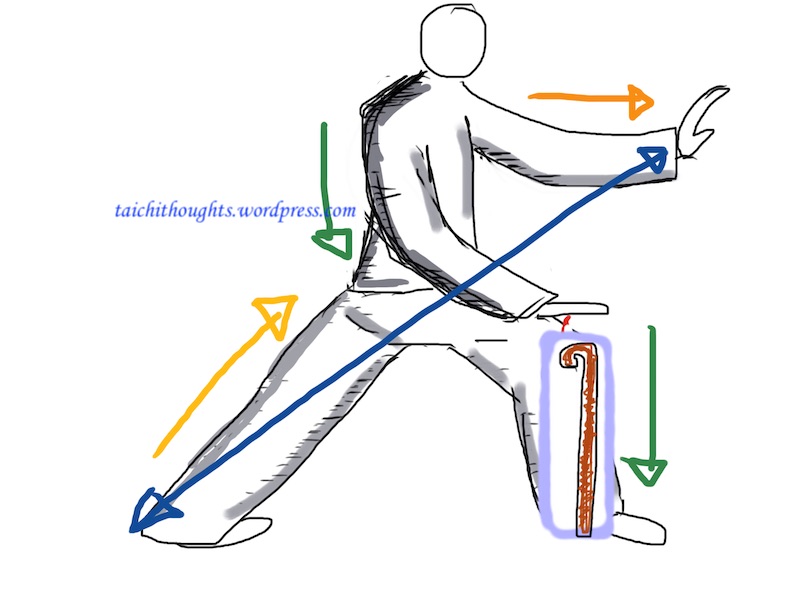Re: Walking stick jin
I think that Middleway raised a good point.
Two things that you see a LOT in tcc people are front foot going light when they brace/pull and back foot going light when they push/throw.
What happens if someone attacks your legs when your front foot is light? (for example with single or doble leg takedowns) What happens if someone drags you into a sacrifice throw when your back foot is light? (tomoe nage or soto makikomi)
If have tested these situations a huge amounts of times and usually this happens:
1- The tcc guy ends thrown or dragged all over the place.
2- The tcc guy recovers towards a 60/40 or 50/50 stance.
So if you are going to get thrown or forced to use a more balanced position, why letting any of your foot go light?
Two things that you see a LOT in tcc people are front foot going light when they brace/pull and back foot going light when they push/throw.
What happens if someone attacks your legs when your front foot is light? (for example with single or doble leg takedowns) What happens if someone drags you into a sacrifice throw when your back foot is light? (tomoe nage or soto makikomi)
If have tested these situations a huge amounts of times and usually this happens:
1- The tcc guy ends thrown or dragged all over the place.
2- The tcc guy recovers towards a 60/40 or 50/50 stance.
So if you are going to get thrown or forced to use a more balanced position, why letting any of your foot go light?
 Any judoka would happily be pushed ten times if they can makikomi you ten times
Any judoka would happily be pushed ten times if they can makikomi you ten times 

 But yes, a badly done push could be easily turned into a pull. I think in that video his students are over reacting and he's putting everything he can into it to save face and make them fly back.
But yes, a badly done push could be easily turned into a pull. I think in that video his students are over reacting and he's putting everything he can into it to save face and make them fly back. 






